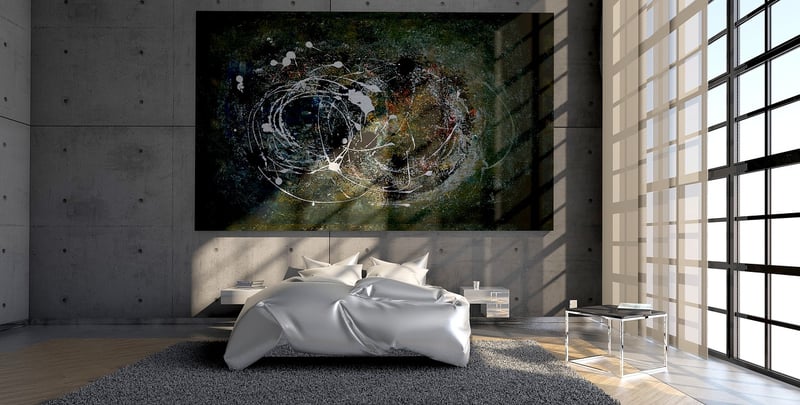Contemporary
Exploring Expressive Movement Forms in Contemporary Dance
Contemporary dance is a dynamic and expressive art form that blends elements of various styles, including ballet, jazz, and modern dance. One of the key components that have shaped contemporary dance is the use of expressive movement forms to convey emotions, ideas, and narratives. In this article, we will delve into the world of expressive movement forms in contemporary dance and how they contribute to the richness and diversity of this evolving art form.
The Role of Expressive Movement Forms
Expressive movement forms in contemporary dance go beyond just executing steps or sequences. They involve a deeper exploration of the body's potential to communicate and evoke feelings. Dancers use their bodies as instruments to express a wide range of emotions, from joy and passion to sorrow and despair. Through fluid movements, intricate gestures, and powerful expressions, dancers can create compelling performances that resonate with audiences on a profound level.
Exploring Different Techniques
In contemporary dance, dancers often draw inspiration from a variety of movement techniques to enhance their expressive abilities. Some popular techniques include:
- Release Technique: Emphasizes the use of gravity and breath to create fluid and organic movements.
- Improvisation: Allows dancers to explore movement spontaneously, tapping into their creativity and emotional authenticity.
- Contact Improvisation: Focuses on the connection between dancers through touch and weight sharing, leading to intimate and dynamic movement exchanges.
Choreographing Expressive Dance
Choreographers play a crucial role in crafting expressive dance pieces that captivate and move audiences. They work closely with dancers to develop movement sequences that embody the desired emotions and themes of the piece. Through a collaborative process of experimentation and refinement, choreographers bring their artistic vision to life, creating powerful and evocative dance works that push boundaries and challenge perceptions.
Conclusion
Expressive movement forms are at the heart of contemporary dance, allowing dancers to communicate, connect, and inspire through the language of movement. By exploring different techniques and pushing artistic boundaries, contemporary dancers continue to break new ground and redefine the possibilities of expressive dance. The fusion of traditional and innovative movement forms in contemporary dance ensures its enduring relevance and impact in the world of performing arts.

Experience the beauty and power of expressive movement forms in contemporary dance, where every gesture tells a story and every step conveys emotion.
